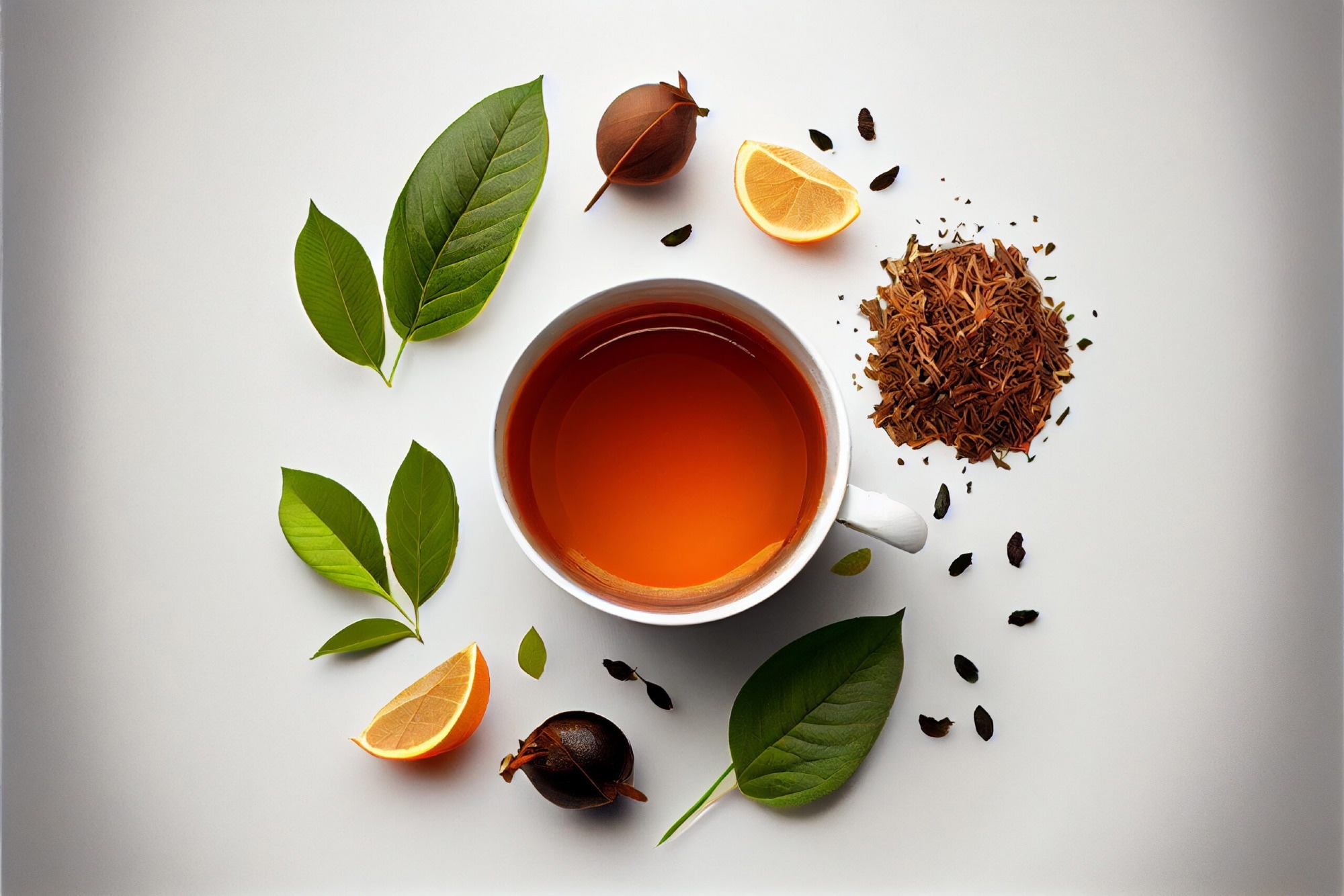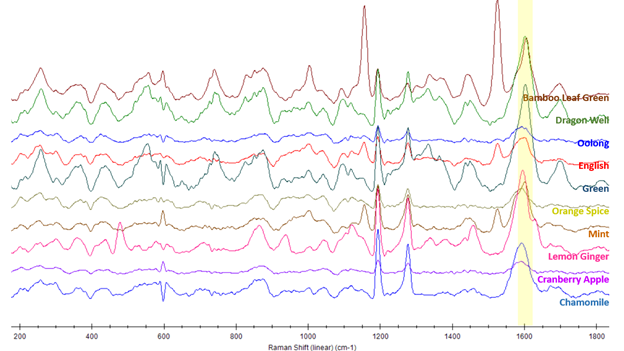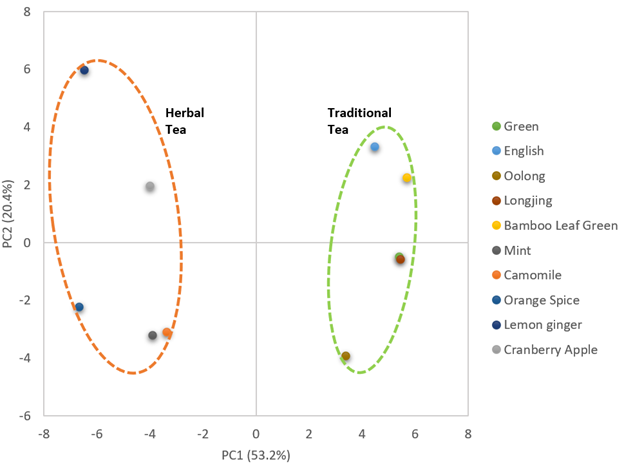Sponsored by m-oemReviewed by Olivia FrostDec 19 2023
Tea is believed to have originated in China approximately 5,000 years ago.1 The leaves of the Camellia Sinensis plant are used to make traditional tea with differences in flavor, aroma, and color discovered in how the plant is grown and processed, the parts of the plant used, and the steps taken to reach the final brew.

Image Credit: B&W Tek
Herbal teas are made from edible plants, such as chamomile, mint, or ginger. These teas do not contain caffeine, making them a popular choice for those seeking tea's health benefits and flavor, minus the stimulant.
Raman spectroscopy allows for rapid and non-destructive analysis of samples. For example, the B&W Tek i-Raman® Plus-785 system has been used in the Raman spectra analysis of olive oils.
To investigate the properties of traditional or herbal tea, Ramen spectroscopy can be used or coupled with SERS technology to detect trace pesticides.
The B&W Tek's 1064 nm handheld systems, like the NanoRam® -1064 or i-Raman EX for laboratories, are ideal for some deeply hued teas, such as black or Oolong, where fluorescence makes the 785 nm systems less optimal.

Figure 1. Raman spectra of different teas collected using 1064 nm Raman instrument. Baseline correction and S-G smoothing were applied. Image Credit: B&W Tek
The Raman spectra of five traditional and five herbal tea samples collected with a 1064 nm Raman system are shown in Figure 1. It is common to see Raman bands on samples like 1604 cm-1, possibly due to lignin, an organic polymer found in most plants.2
Interestingly, Raman profiles can be unique between similar tea types, such as Green and Bamboo Leaf teas, but also similar between different varieties, such as Green and Dragon Well teas.
Analysis software like BWIQ®, a chemometric software from B&W Tek, aids in interpreting the complex Raman spectra. Figure 2 shows a PCA built with a BWIQ, which has helped us separate herbal and traditional teas.

Figure 2. Image Credit: B&W Tek
References and Further Reading
- Sivasubramaniam, S. (2022). Tea. [Online] Encyclopedia Britannica. Available at: https://www.britannica.com/topic/tea-beverage (Accessed 1 January 2020).
- Gupta, S et al. (2020). Sci Rep 10, 20206. Available at: https://doi.org/10.1038/s41598-020-76485-5

This information has been sourced, reviewed and adapted from materials provided by B&W Tek.
For more information on this source, please visit B&W Tek.